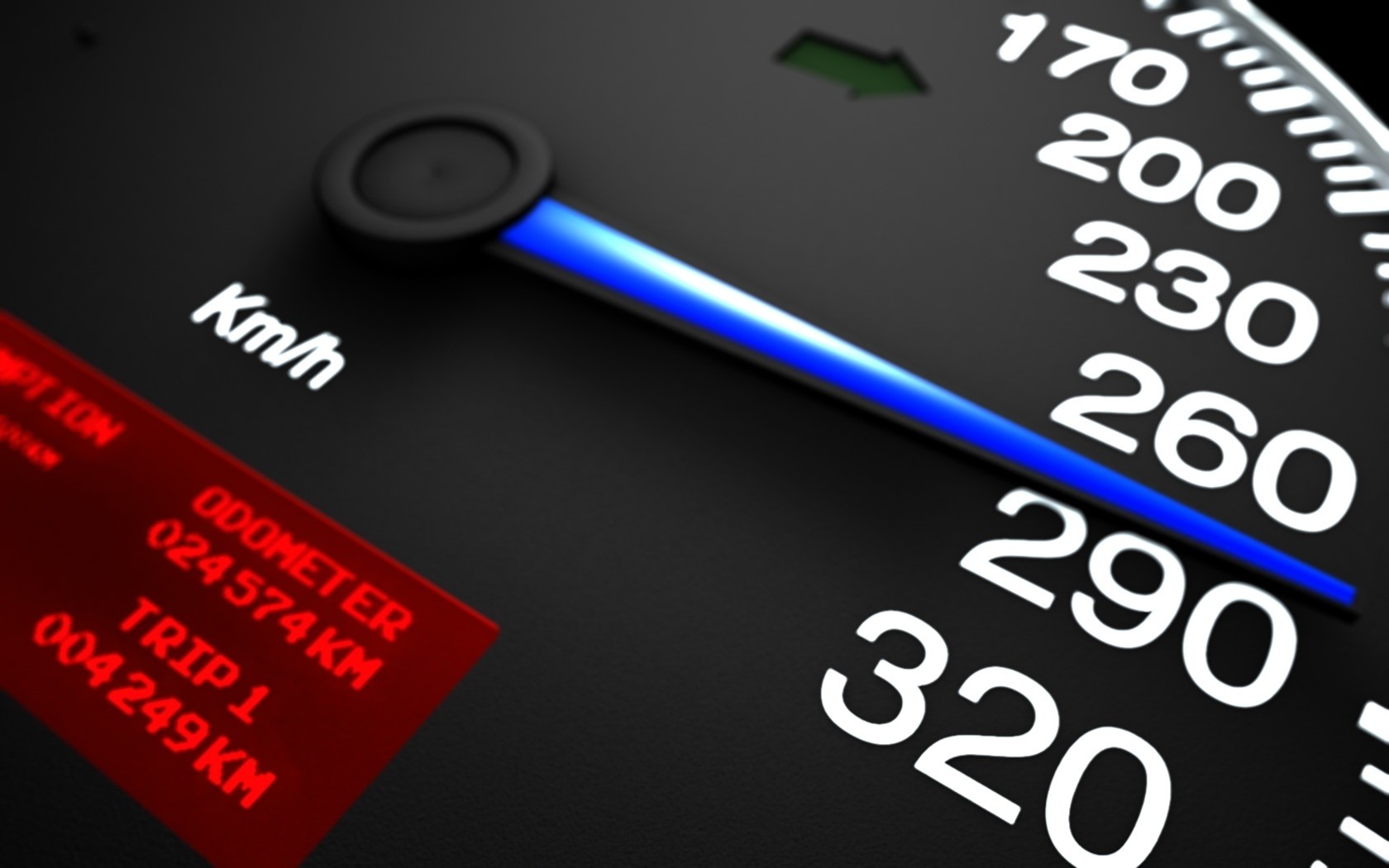Dear Baraza,
Thank you for your informative articles and responses that you bring to us through The Daily Nation every Wednesday.
I have seen many people, including myself, switch off the car engine when in a traffic jam and switch it on when the traffic eases and the vehicles are moving. This is in the name of “saving” fuel.
Do we really save fuel or our vehicles end up consuming more fuel when we switch them on and off during traffic jams?
Michael
This question has no solid answer because the number of variables involved are just too many. Some of them are fairly obvious: How long does the traffic jam last? Is it a complete gridlock or is it slow-moving? What kind of technological advancement does the car you are driving possess?
Traffic jams that involve coming to a standstill at intervals that exceed five minutes may call for turning off the engine, but repeat this enough times and you are facing two risks. One is draining the battery, which only charges when you are moving, not when stationary. Starting an engine, especially anything older than 2015 or thereabouts, draws a lot of current from the accumulator so you can see where frequent cranking will leave you: dead in the water without enough juice to turn your engine over.
The second risk involves ageing the engine faster than usual. Cranking an engine also involves slightly larger amounts of fuel compared with normal driving. In a cold engine, despite the fineness of the injector nozzles, the extra fuel delivered means the intake charge is very “wet”, and petrol is a good solvent especially for oil and oil-based fluids. You know where oil is? In the engine. The same engine where this dense cloud of petrol is being puffed every time you crank it.
At every start-up attempt you wash off the oil film from the cylinder walls with that splash of fuel from the injectors. This too has its own pair of side effects: the oil gets contaminated and degraded faster by mixing and dilution with petrol; and with it washed off the cylinder walls, your pistons have no lubrication to slide up and down the bore with ease. You are killing your engine.
Technological advancement came in the form of edification from the good folks at Jaguar Land Rover during the launch of the XE saloon some seasons ago when life was good and I was happy. I have never had any love for start-stop technology in engines; I actively hate it despite its alleged benefits. One of the things that bothered me most about the start-stop technology* are the two things I’ve mentioned above: draining the battery (combined with the ‘whuawhuawhuawhua’ time-wasting onomatopoeia that typifies an engine being started) and low oil pressure from the constant curtailing of the oil pump operation.
“Stop panicking,” they said.
They then proceeded to launch into a jargon-laden technological tirade that I dare not quote here verbatim for fear of sounding like a textbook, so I’ll simplify it. These New-Age engines come with either secondary batteries or capacitors specifically for this kind of scenario: to prevent rapid drainage of juice from the main accumulator during repeated cranking of the engine and to assist with quick starts, what dwellers of Grogan Road refer to as “one kick”.
And the oil pressure? The lubrication system in these engines has a series of non-return valves along the pipeline that maintain oil pressure even when the engine is off; such that even upon being started, it does not take any time for optimum oil pressure to be achieved. This could be very handy in cold climates — and kind of reminds me of a dry sump oil system which would be another handy way of dealing with this.
So there you have it. I drive a chain of old cars (none of them is younger than 17 years) so I think I’ll keep my engines running in traffic. (Full disclosure:two of these cars have hard starts that sometimes call for a jump-start: “kushtua”. In traffic, this will cause problems; hence my engines will stay running until I get to where I am going. Thank goodness only one of the three chariots is an automatic; and it is the one with a good start). But if you have something contemporary, feel free to use your discretion based on the advice above to make a decision. Or you could go one step further and buy a car with stop-start technology which will make the decisions for you; which may be the wiser thing to do because running your engine in short, sporadic bursts is detrimental to its health. The oil doesn’t even get to temperature or circulate properly.
(*I am writing this from South Africa, where I am currently test-driving the brand-new 2019 BMW X5 and guess what? It too has start-stop functionality. The first thing I did when I got it running was to turn that nonsense off, by activating Sport Mode in the vehicle management suite next to the gear lever. Expect a full report of my test drive in the foreseeable future.)

A Toyota Hilux. PHOTO | COURTESY
Between Toyota Hilux and Isuzu DMax, which will serve me well?
Hi Baraza,
I want a double cab; manual I must insist.
I don’t carry potatoes or haul space stations. I just want a manual after getting tired of autos.
I want a vehicle that I can go with to Nyanza and carry my seedlings, tiles and other building materials but still tug along my children.
Between the Hilux and DMax (both double cab) please advise which you may recommend, and why.
Assumptions are that both are diesel, manual 4WD-capable, 3lt engine Max. 2.5lt. I plan to acquire one through second-hand import, on my own — Japan or Britain, whichever will have what I want. You can just reply to me. No need to publish in the DN Wednesday column.
Lennox

An Isuzu DMax. PHOTO | COURTESY
Hi Lennox,
Well, unfortunately for you, I have a weekly word quota and this time you are it, so your question gets published against your wishes.
You didn’t specify what vintage of vehicle we are looking at here, and this is why: The Hilux is a better car overall, especially in terms of creature comforts, refinement and responsiveness — though I found the five-speed manual in the old 2.5 diesel to have awkward ratios for the torque and power curves, but maybe that’s just me. I don’t know if this applies to foreign markets either. Perhaps they get different diffs (pun intended) or gear ratios that gel more cohesively without the tall first and second and short third to fifth ratios that I experienced in an earlier car.
The DMax, in comparison, is a bit agricultural and just a touch Neanderthal in its execution, but oddly enough that is where part of its charm lies — that brutish, caveman charm that leads Jane into Tarzan’s simian embrace — but parked next to each other and placed under discerning scrutiny, it cannot quite hold a candle to the Hilux.
Now these are general observations that apply between the Hilux and the DMax throughout their various model years, like for like and pound for pound; until we come to the elephant in the room: Which Hilux?
If it is the seventh generation — the so-called Vigo produced from 2004 to 2015 — then perhaps you should not carry too many tiles in it? Its biggest weakness was quite literally a weakness; the frame just aft of the C-pillar has a tendency to warp or bend under consistent — and heavy — load application; a snag that caused many to rail against the car and Toyota to release its successor specifically with a stronger frame: something I pointed out during its review a few months ago.
The flaw is not exactly critical for fairly new vehicles, but it is observable in vehicles that see hard use. If you don’t intend to transport tiles and seedlings in truckloads measured by the ton then you are safe; you are unlikely to bend the car anyway and the Hilux is the way to go: and as stated, it is more superior to the DMax as a vehicle. But if those trees and house parts are … plentiful, shall we say? Then you need to go the Full Monty and get a hard-core single-cab for the task.
Note*: The complaints about the bending frames are mostly from other lands that utilise “utes” to within an inch of their lives. I have not heard of a specific case involving a locally sold Hilux vehicle bending its frame though I have seen a few nods of agreement whenever the topic comes up — and it has come up a few times. I can’t say that we don’t use our Hiluxes hard enough around here — we are notorious for overloading vehicles — so I have a theory.
Perhaps the cars we get here are topicalised beyond the suspension and engine tune; maybe the frame too is built from thicker steel in which case you have nothing to fear about the chassis. It should be strong enough. A good example of this is the Land Cruiser 70 Series estate; the five-door wagon. It is also known as a “Prado Box” (as one of the Prado iterations) when fitted with smaller petrol and diesel engines — usually turbo — but when it comes with the 4.2 litre atmospherically aerated diesel or the 4.5 petrol it is a different car: much tougher and harder because it is literally made from sterner stuff. Perhaps this is the same case with the Hilux; maybe what they sell here is a lot more robust than what they get in Japan and the UK, in which case maybe you should shop for a local unit. Time one of those vehicle disposal auctions by giant corporates like Safaricom who buy these double cabs in large numbers. You may strike it lucky. Avoid anything government-related, the odds of previous abuse are quite high. Summary? Jump off the deep end and buy a 3.0 litre Hilux, if you must buy something from offshore.
Would you recommend Volkswagen Jetta 1.4 TSI as a first car to own?
Hello Baraza
I am an avid reader of your articles. Please review the Volkswagen Jetta 1.4 TSI in terms of performance, reliability and comfort. I am thinking of getting it as my first car. Also, would you compare it with the Volvo S60 1.6L engine?
Sam Mukoma

A Volkswagen Jetta. PHOTO | COURTESY
Hi Mukoma,
I have never driven a Volvo S60, less so the 1.6 litre; and most reviews about the car just involve the journalists rattling off a string of numbers and entries on an options list, which is not very helpful. So I have nothing to say about the Volvo.
(Note 1: This needs to change. Anyone with a Volvo out there? Feel free to hand it over for review.)
However, I can talk about the Jetta, more so the 1.4 turbo. My lawyer had one (take note of the tense).
Performance: It belies its engine capacity. Seriously, you will not believe how fast a German saloon can go on less capacity than two bottles of vodka. I know there is a turbocharger involved but it is such a puny little thing — as small as my fist — getting one’s head wrapped around the numbers on paper and the real-world manifestation is a bit of an exercise.
(Note 2: Keen readers of this column may notice this as a Volkswagen characteristic based on my sentiments about the Amarok pickup and the Golf Variant)
Reliability: All those jokes about Volkswagens and check-engine lights are not exactly unfounded. These cars work beautifully, until they don’t; after which they become a real pain in the pyjamas. As a first car you run the risk of sinking into disillusionment over car ownership and general petrol heatedness if you buy a lemon, but then again you may miss out on a good experience because Volkswagens really are good cars … when they work. Have whatever you have your eye on checked out by a professional assessor before diving right in, though these assessors will not tell you how long or how far you have to go before that rectangular, bright orange glow burns itself into your retinas. Check-engine lights are the bane of any modern Volkswagen.
(Note 3: Don’t ask me what the check-engine light is all about. Modern Volkswagens are extremely complicated cars, so that light could mean anything. Watch out for turbo failure, though.)
Comfort: The comfort levels are quite good. The car is roomy for its class — it accommodated both my lawyer and myself on short trips several times without any awkward intimacy — and if you spec it just so: sunroof and beige leather interior — you wind up with a bright and airy cabin. The three pillars of luxury are light, space and comfort; of which the Jetta has all; both actual (light, and comfort from a highly refined ride quality) and apparent (space, especially with the beige interior and sunroof).
SOURCE: nation.co.ke







![Top 20 Used Cars to Avoid Buying in Kenya – [PHOTOS]](https://kenyacarbazaar.com/blog/wp-content/uploads/2013/11/top-used-unreliable-cars-to-avoid2-80x60.jpg)



![Here are some of the best tuned cars in kenya by state of the art garages [PHOTOS]](https://kenyacarbazaar.com/blog/wp-content/uploads/2013/11/29402_10151301757042065_340470732_n-e1384498044289.jpg)

![Top 20 Used Cars to Avoid Buying in Kenya – [PHOTOS]](https://kenyacarbazaar.com/blog/wp-content/uploads/2013/11/top-used-unreliable-cars-to-avoid2-100x70.jpg)





